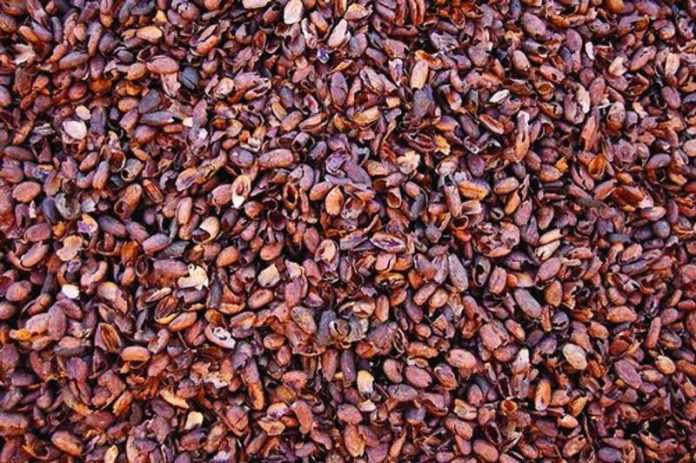The cocoa bean shell produces a black powder (bio-charcoal) that has the potential to fight climate change and it is believed one ton of biochar stores about 3 tons of carbon dioxide.
This material is produced by heating cocoa husks at 600 degrees Celsius in an oxygen-free room, and the process traps greenhouse gases, while the final product can be used as fertilizer or to produce “environmentally friendly” concrete, reports Al-Rai daily.
While the field of biochar manufacturing is still in its infancy, this technology provides an innovative way to remove carbon from the atmosphere, according to experts.
The UN’s Intergovernmental Panel on Climate Change notes that biochar could be used to capture 2.6 billion of the 40 billion tons of carbon dioxide that humans produce annually. However, expanding the use of this substance remains challenging.
“We’re reversing the carbon cycle,” says Circular Carbon CEO Beck Stenlund of a biochar plant in Hamburg, Germany, speaking to AFP.
The factory, one of the largest in Europe, receives used cocoa husks from a neighboring chocolate factory through a network of gray pipes. The biochar traps the carbon dioxide in the peels, a process that could be used for any other plant.
If the cocoa husks were destroyed as usual, their decomposition would release carbon into the atmosphere. Instead, carbon is trapped in biochar for centuries, according to David Oppen, an ecologist at the Uni-la-Salle Institute in France.
Biochar was once used as fertilizer by the indigenous peoples of the Americas before it was rediscovered in the 20th century by scientists searching for fertile lands in the Amazon basin. The material’s amazing sponge-like texture increases crop yields by increasing soil uptake of water and nutrients.

















